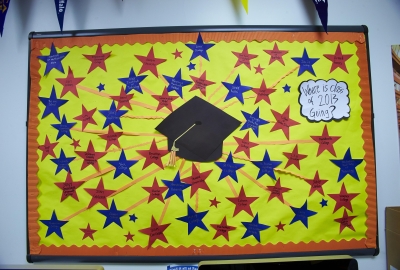
New Findings and Framework for Examining College Access and Success
By Kristin Black and Vanessa Coca (June 2017)
As educational priorities have changed, so have the standards for success. New York City has made dramatic progress reducing high school dropouts and boosting on-time graduation rates, which rose from 47 percent in 2005 to 70 percent in 2016. At the same time, changing priorities and expectations have led to an increased emphasis on graduating students who are college- and career-ready.
This report provides an in-depth look at high school students’ pathways into and through college. It describes large improvements in college access, but also highlights persistent differences in outcomes for historically underrepresented groups of students.
The report follows multiple cohorts of students, beginning with those who entered 9th grade in 2003 and ending with students who began 9th grade in 2008. We examined up to 10 years of data for each cohort (through the 2014-15 school year), to see how rising high school graduation rates played out as students entered and progressed through college.
The report uses a new four-part framework – access, persistence, efficiency, and equity – to examine students’ pathways. Key findings include:
- Access: There have been broad improvements in college access, driven largely by rising high school graduation rates. The proportion of New York City 9th graders who enrolled in college has increased over time, from 55 percent of students who started high school in 2003 to 61 percent of those who started in 2008.
- Persistence: Higher rates of college access have been eroded somewhat by students leaving after one or two years of college. While we measured a 6-percentage point increase in college enrollment from the 2003 to 2008 cohorts, a third of those gains were lost within the first two years of college for the 2008 cohort.
- Efficiency: Although four-year colleges remain the primary source of degrees, increasing proportions of students have enrolled in two-year colleges, while fewer students are delaying their college enrollment. Enrollment in two-year colleges is growing faster among students from underrepresented groups—that is, those from the poorest neighborhoods, Black and Latino students, and young men.
- Equity: While all students have seen improved college access over time, gaps in enrollment and outcomes associated with gender and neighborhood income have persisted, and there is some evidence that differences by race/ethnicity have worsened. For example, when we looked at students in the middle of the income distribution, we saw a 25-percentage point gap in college enrollment between Asian and Latino students (the highest and lowest attaining groups). This remained unchanged from the 2003 to 2008 cohort, but the gap between the groups after two years of college actually widened from 27 to 29 percentage points for the 2008 cohort.

